- Developing countries have 2/3 of the world's population, but only 1/5 of the world's clean energy investment
- The increase in global installed capacity in the next five years is expected to be close to twice that of the previous five years
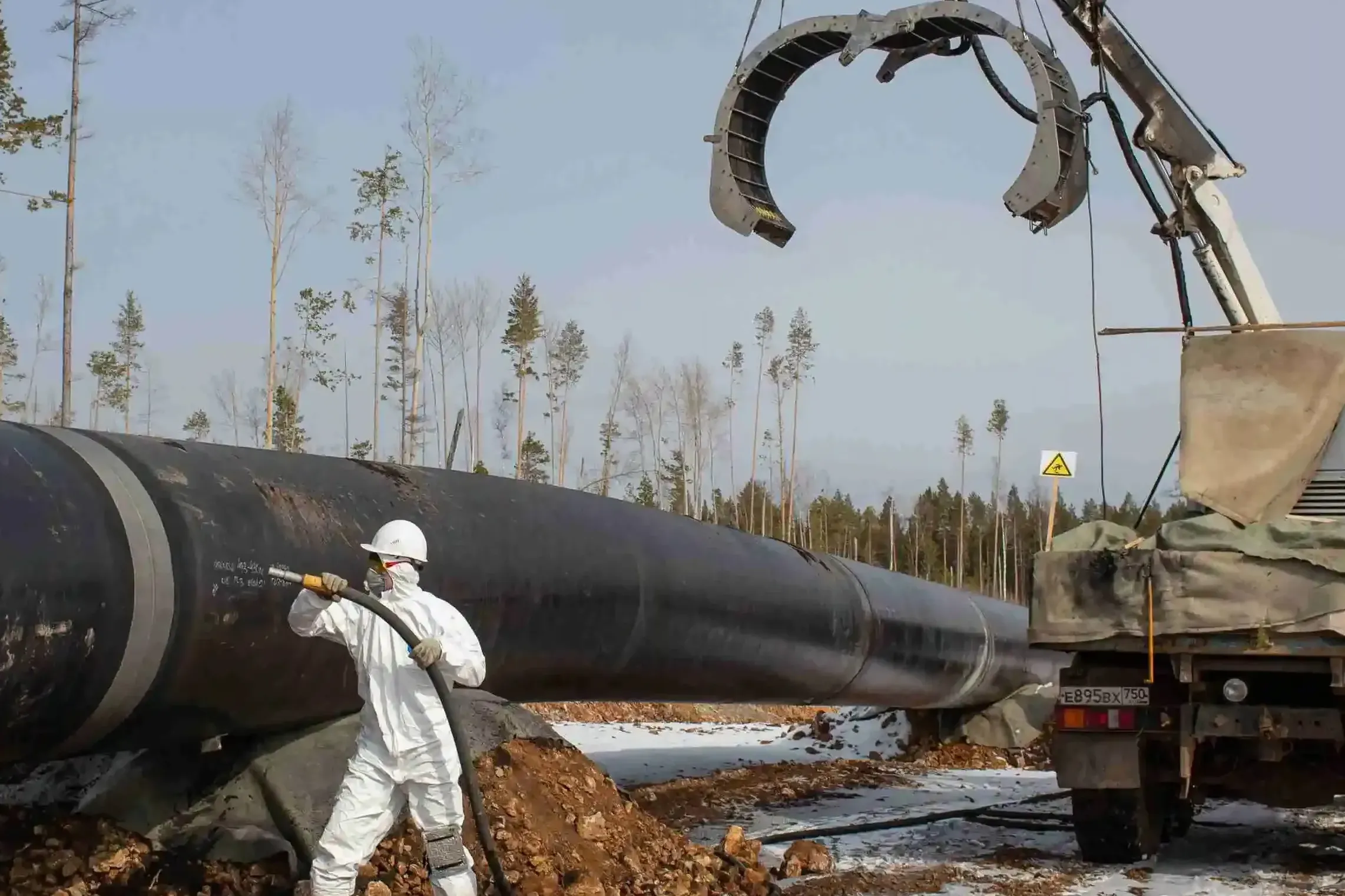
The global energy transformation has been booming in recent years, and the development of renewable energy in various countries is accelerating. A new report released by the United Nations Department of Economic and Social Affairs stated that the energy crisis triggered by the Ukraine crisis has stimulated investment in global energy transformation, but there is a significant gap between developed and developing countries in the amount of investment, and most developing countries lack the resources available for investment. H.
Experts pointed out that at present, the international community urgently needs to strengthen energy cooperation, effectively help developing countries break through the bottleneck of energy transition, and promote the realization of global sustainable development goals.
Obvious difference in pace
Recent reports released by a number of international organizations show that the global energy transformation is starting to accelerate. In the "2023 Financing for Sustainable Development Report", the United Nations Department of Economic and Social Affairs counted that global energy investment soared to a record US$1.1 trillion in 2022, surpassing fossil fuel investment for the first time. The "Renewable Energy 2022" report released by the International Energy Agency in 2023 also predicts that driven by the energy crisis, the installation of renewable energy equipment in various countries will increase significantly, and the increase in global installed capacity in the next five years is expected to be close to twice that of the previous five years.
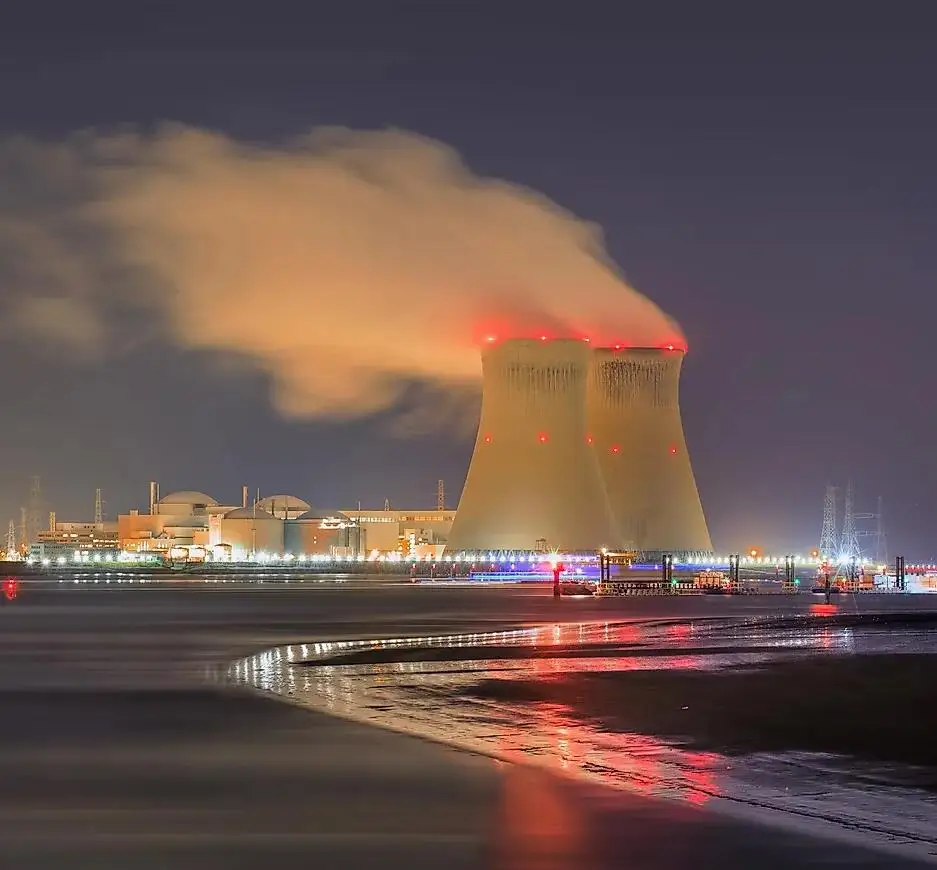
According to the "Global Power Review 2023" report recently released by the British energy think tank Ember, clean power (renewable energy and nuclear power generation) will account for 39% of the global power structure in 2022, a record high. Among them, the proportion of wind power and solar power generation will increase from 10% in 2021 to 12% in 2022, and it is expected to continue to grow in the future.
However, while the global energy transition continues to develop, there is a clear lag between North and South countries. According to the 2022 World Energy Investment Report released by the International Energy Agency (IEA), developing countries have two-thirds of the world's population, but their clean energy investment accounts for only one-fifth of the world's total. Clean energy spending in developing countries, excluding China, remains stuck at the level it was in 2015 when the Paris Agreement was signed.
Nearly 60% of the world's best solar resources are in Africa, but the continent's current solar output is only 1/10 that of the United States. Currently, there are about 9,000 coal-fired power plants in the world, three-quarters of which are located in developing countries. The report quoted experts as saying that this is not because they don't care about the environment, but because coal is the best choice they can afford. For these countries, there is no other stable and cheap alternative energy source. In the next 10 years or even longer, some developing countries will still be inseparable from coal.
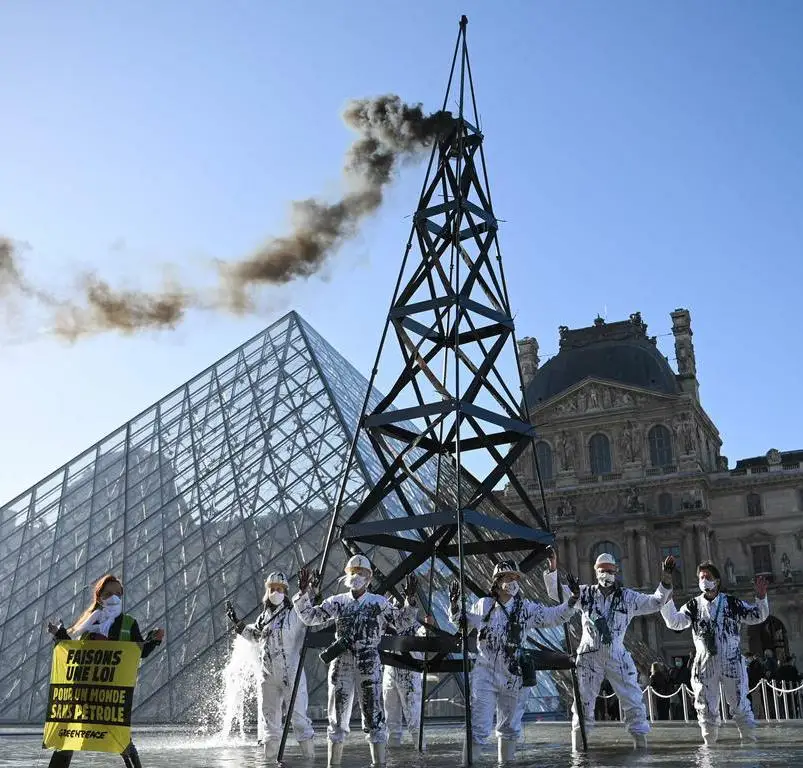
Cui Shoujun, a professor at the School of International Relations at Renmin University of China and deputy dean of the School of International Organizations, told our reporter that at present, there is still a significant gap between the North and the South in the world in terms of energy investment, financing and energy technology development. In terms of energy investment, since 2022, due to the impact of the Ukraine crisis on the global energy landscape, many countries have reduced their dependence on fossil energy and increased investment in renewable energy. Among them, developed countries and emerging market countries with relatively high capital adequacy ratios have comparative advantages in energy transformation, while developing countries, especially small island countries, least developed countries and African countries, are making slow progress. In terms of energy technology development, developed countries have not only strengthened policy guidance on energy-related emerging technologies, but energy companies in these countries have also accelerated the research and development of emerging technologies. In the absence of financial incentives and technical assistance, countries in the South are struggling with the development of developed countries. The technology divide continues to widen. The development imbalance between developed and developing countries poses a huge challenge to the global response to climate change and the achievement of sustainable development goals.
Multiple factors
Many analysts have pointed out that the lack of start-up funds for energy transformation in developing countries is one of the important causes of the North-South divide. According to a study released by the World Bank in February 2023, some developing countries are trapped in an energy poverty trap where the poorer they become and the harder it is to develop: they cannot afford the high cost of clean energy transformation in the early stage, and it is difficult to obtain financing, so they are forced to rely on fossil fuels , bear the huge price fluctuations of fossil fuels, and pay high long-term costs, and fall into a vicious circle where the energy structure is difficult to upgrade.
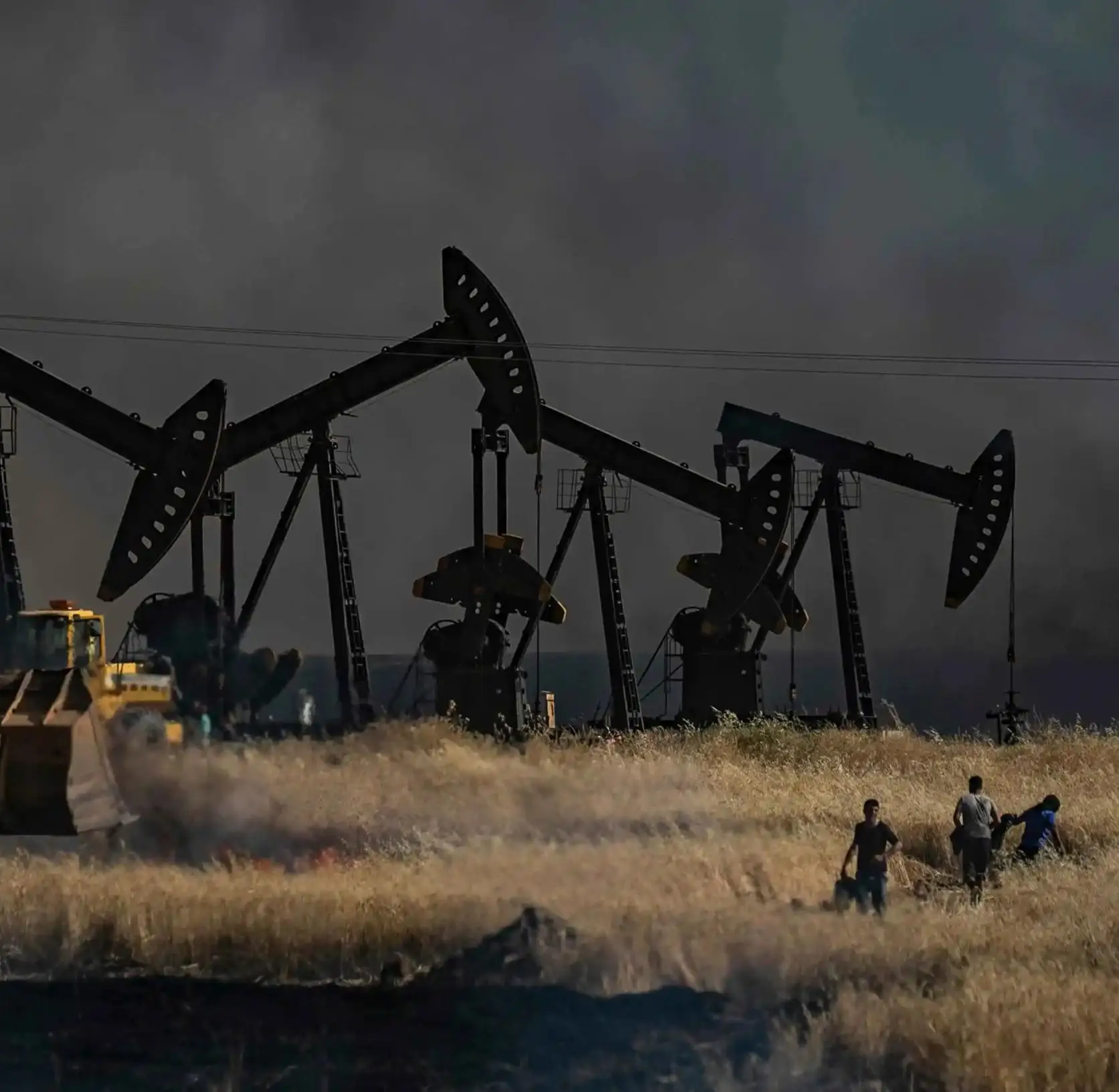
The aid from developed countries is lip service but not real, which has widened the energy financing gap in developing countries. Since the Copenhagen Climate Change Conference in 2009, developed countries have failed to fulfill their commitment to provide US$100 billion in climate finance to developing countries every year. A promise by developed countries in Europe to double their financial support for climate projects in poorer African countries by 2025 is only lip service.
External shocks have further pushed up the cost of energy transition in developing countries. The United Nations Department of Economic and Social Affairs' "Sustainable Development Financing Report 2023" pointed out that climate change, the Ukraine crisis, the new crown epidemic, and debt risks have brought enormous financial pressure to most developing countries, limiting their investment in sustainable development Ability. In 2020 and 2021, developed countries will spend US$12,200 per capita on post-pandemic recovery, 30 times that of developing countries and 610 times that of least developed countries.
In March 2023, UN Secretary-General Guterres stated at the UN Least Developed Countries Summit that the international financial system designed and dominated by developed countries has largely exacerbated the plight of developing countries. The United Nations Conference on Trade and Development warned in an updated version of the "Trade and Development Report" released recently: As the global economy slows amid heightened financial turmoil, developing countries are facing years of economic difficulties, which is of great concern to the public. Investments have a negative impact.
As pointed out by Cui Shoujun, the North-South divide in the process of global energy transition is becoming more and more obvious. There are at least three reasons: First, for low-income developing countries, there is an objective problem of insufficient endogenous motivation for economic growth. When promoting energy transition Policies and strategies may be more conservative, resulting in underinvestment. Second, the return of geopolitics, the superposition of the two crises of the new crown epidemic and the conflict between Russia and Ukraine have made some developed countries more inclined to safeguard their own national interests, and pay more attention to increasing their own investment in fields such as high-tech and energy investment, rather than facing the international market. Society provides more public goods and promotes North-South cooperation. Third, the Federal Reserve and others took the lead in raising interest rates aggressively, leading to a sharp rise in the financing and debt repayment costs faced by many developing countries, further tending to adopt a conservative attitude towards energy transition investment. Keywords: infrastructure, infrastructure construction, planning investment
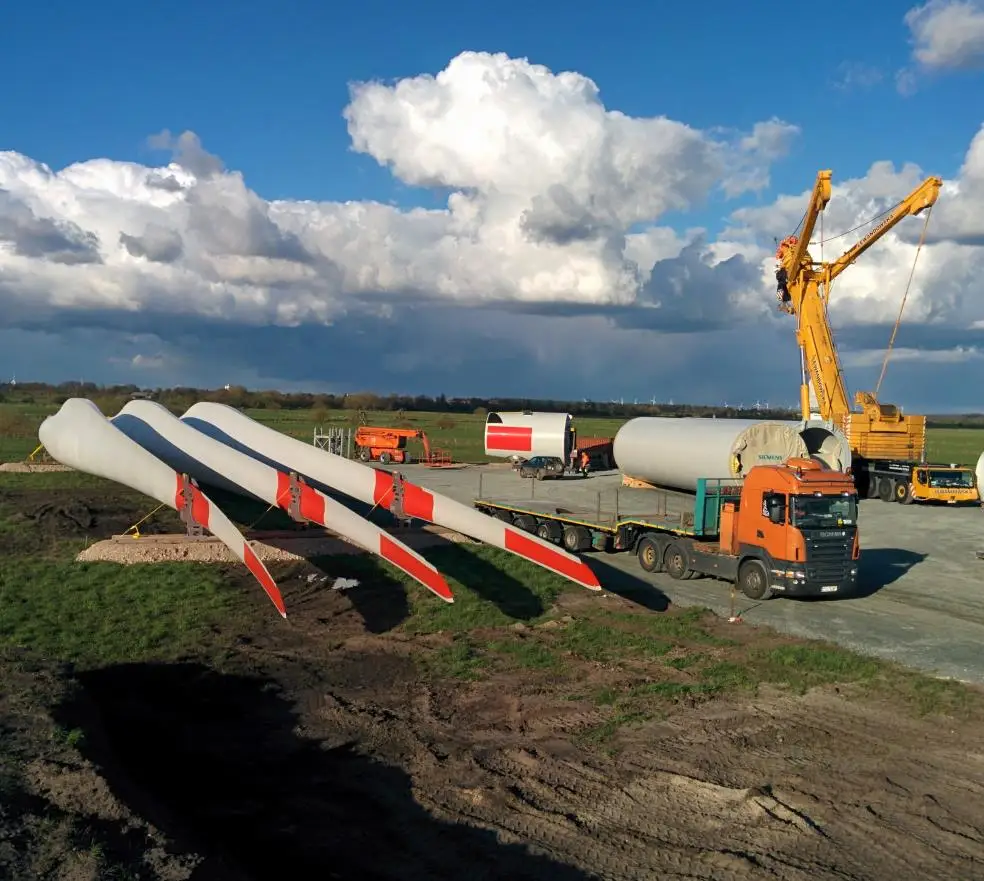
In addition, North-South differences continue to hinder the global energy transition process. Lin Boqiang, dean of the China Energy Policy Research Institute of Xiamen University, told our reporter that due to differences in development stages, income levels, and affordability, countries in the north and the south have long-term issues such as climate and energy transition policies, historical emission responsibilities and compensation, and carbon emission rights. disagree. On the one hand, developing countries believe that in addition to focusing on emission reduction, they have other priorities compared to developed countries, such as public health, poverty reduction, economic growth, etc., so it is necessary to balance development and emission reduction, and explore the emission reduction that suits them. Path; at the same time, it is believed that developed countries should assume responsibility for historical emissions and provide developing countries with necessary emission reduction funds and technologies. On the other hand, developed countries believe that they should seek energy structure transformation based on the current situation, and at the same time urge developing countries to accelerate climate-friendly development.
Need to cooperate
The 2022 Adaptation Gap Report released by the United Nations Environment Program pointed out that as global climate change intensifies, vulnerable countries urgently need more assistance to enhance their energy transition capabilities. However, current financing is too little and too slow, and the flow of funds to developing countries is 5-10 times lower than the estimated demand, and the gap is still widening. An estimated $160 billion to $340 billion per year is needed by 2030, and $315 billion to $565 billion by 2050. But current spending is less than 1/10 of the total.
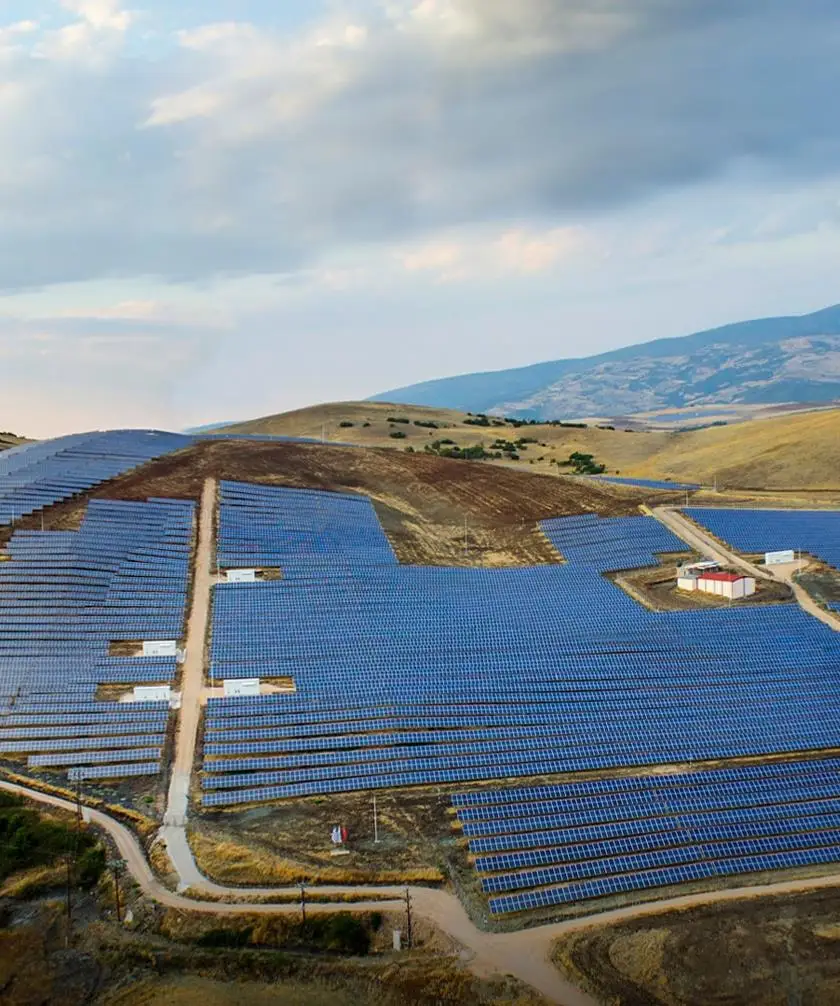
According to the 2023 World Energy Transition Prospects Report released by the International Renewable Energy Agency, energy transition investment is still concentrated in a few countries and only in a few technologies. In 2022, the global renewable energy investment will be 0.5 trillion US dollars, and in order to achieve the temperature target of 1.5 ℃, all parties need to invest more than three times this figure every year. The report recommends that developed countries and multilateral financial institutions should increase financial support for energy transition in developing countries. Only by concentrating efforts to solve the bottlenecks in the transformation of developing countries and unleash their huge market potential can we achieve the global sustainable development goals at an early date.
The effects of carbon emissions are localized and carbon emissions are transferable. An effective response to climate change must therefore be a global response. When developed countries help developing countries with regard to energy transition, they are actually helping themselves. Lin Boqiang said that countries should encourage trade globalization to support low-carbon globalization, jointly help developing countries improve their industrial technology and energy efficiency, and promote global green and low-carbon transformation.
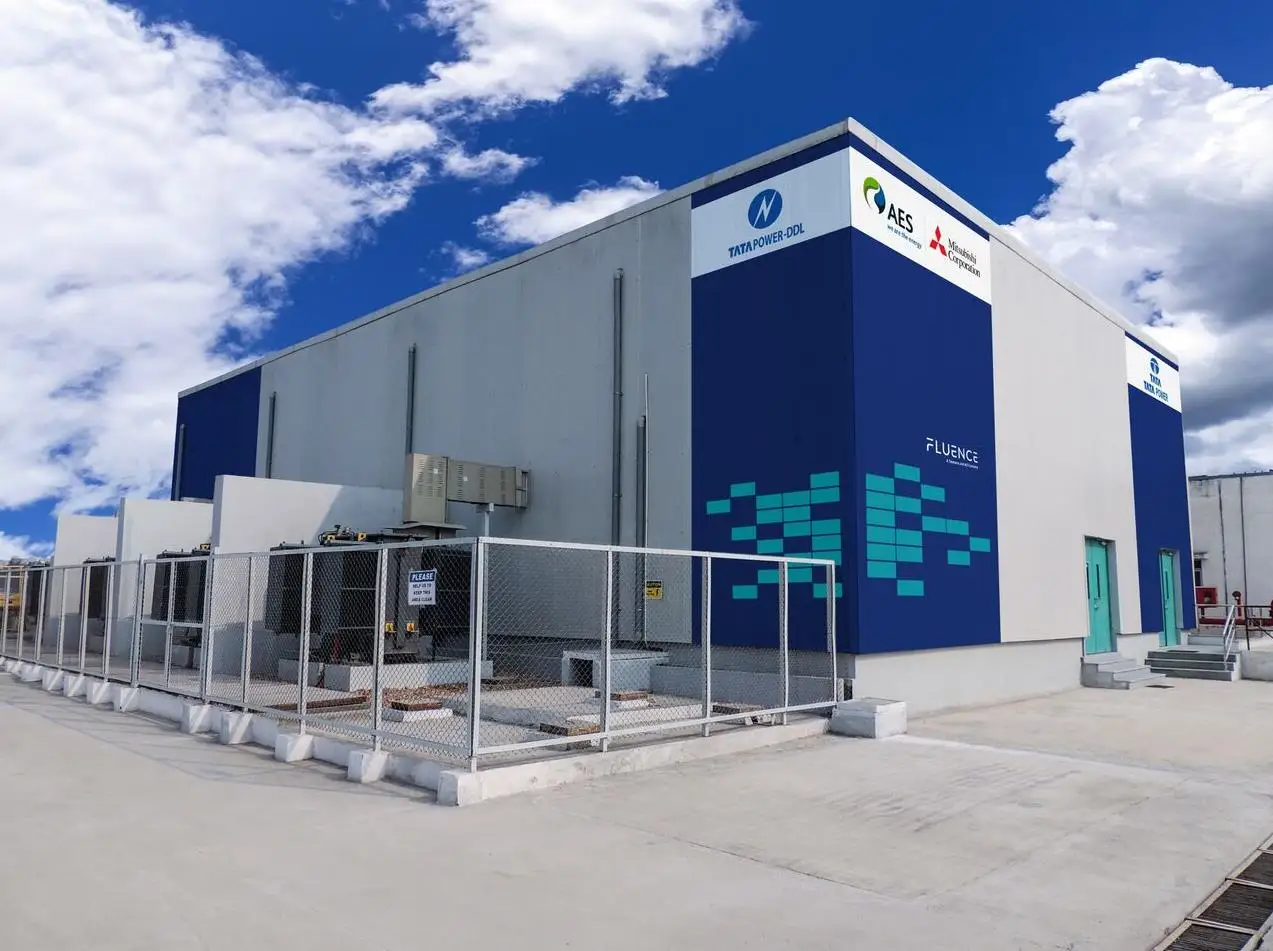
To bridge the 'North-South divide' and promote energy transition, the international community should strengthen North-South consultation and cooperation under multilateral cooperation frameworks such as the United Nations and the G20. Cui Shoujun said that in terms of South-South cooperation, the BRICS cooperation mechanism has great potential. The BRICS countries have a strong economic foundation, and at the same time have the will and actions to promote energy transformation. In addition, the BRICS countries have established the BRICS Bank Cooperation Mechanism, which has dedicated funds to promote investment and financing related to sustainable development, which is expected to play a greater role in global energy governance and South-South cooperation.
Cui Shoujun said that the South-South cooperation mechanism is crucial to reducing the imbalance in global development. In recent years, the Chinese government's approach has won wide recognition. China actively carries out international energy cooperation, provides assistance to developing countries, imparts technology, and shares experience, injecting positive energy into the global energy transition. In the future, all countries should continue to work together to narrow the North-South gap, bridge the development gap, promote inclusive development, and accelerate the implementation of the United Nations 2030 Agenda for Sustainable Development. Cui Shoujun said. Editor/Xu Shengpeng
Comment
 Praise
Praise
 Collect
Collect
 Comment
Comment
 Search
Search



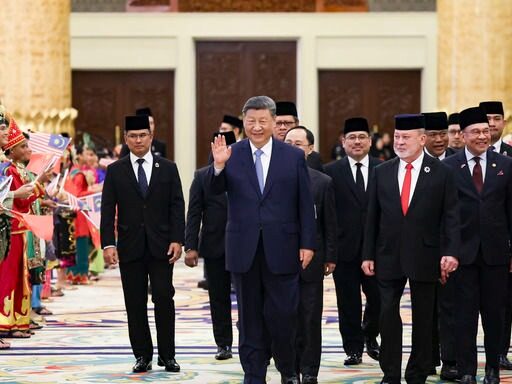

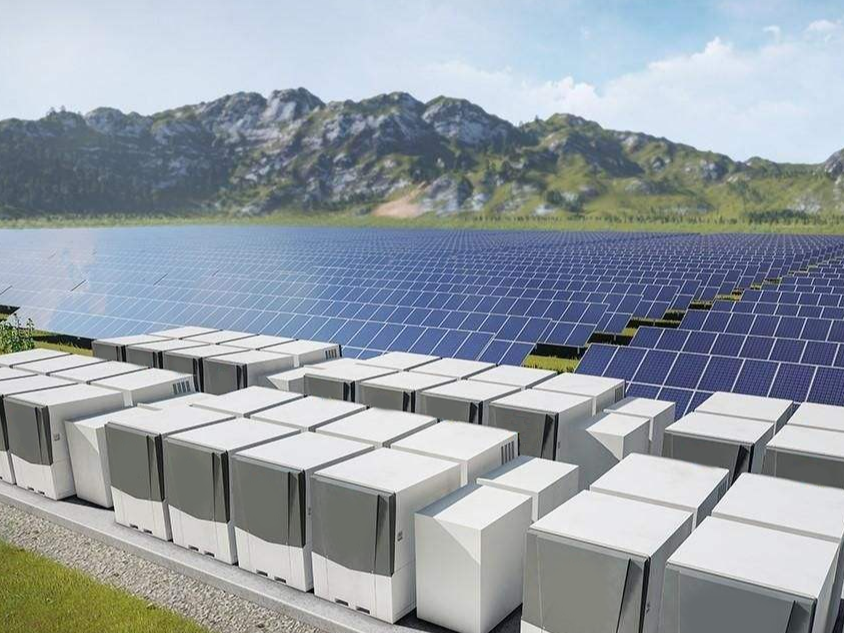

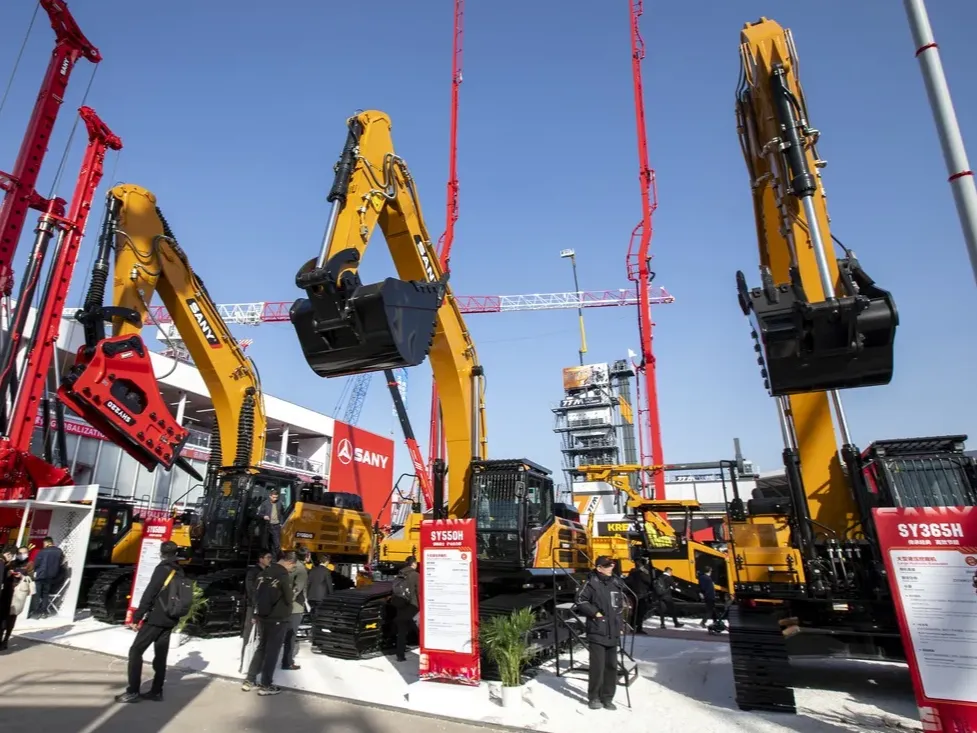






Write something~